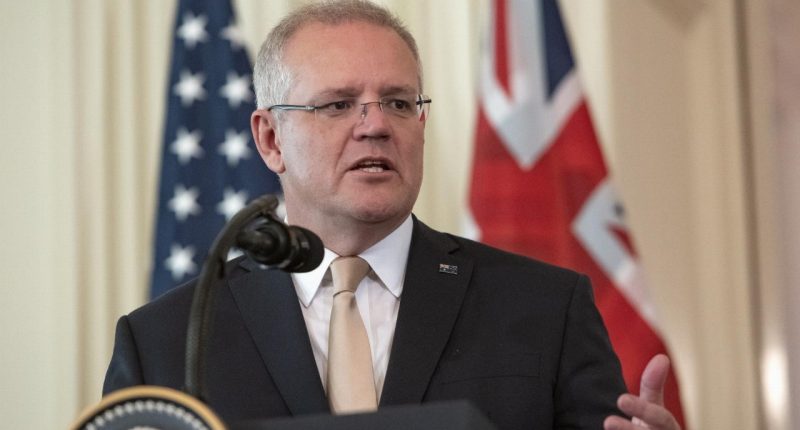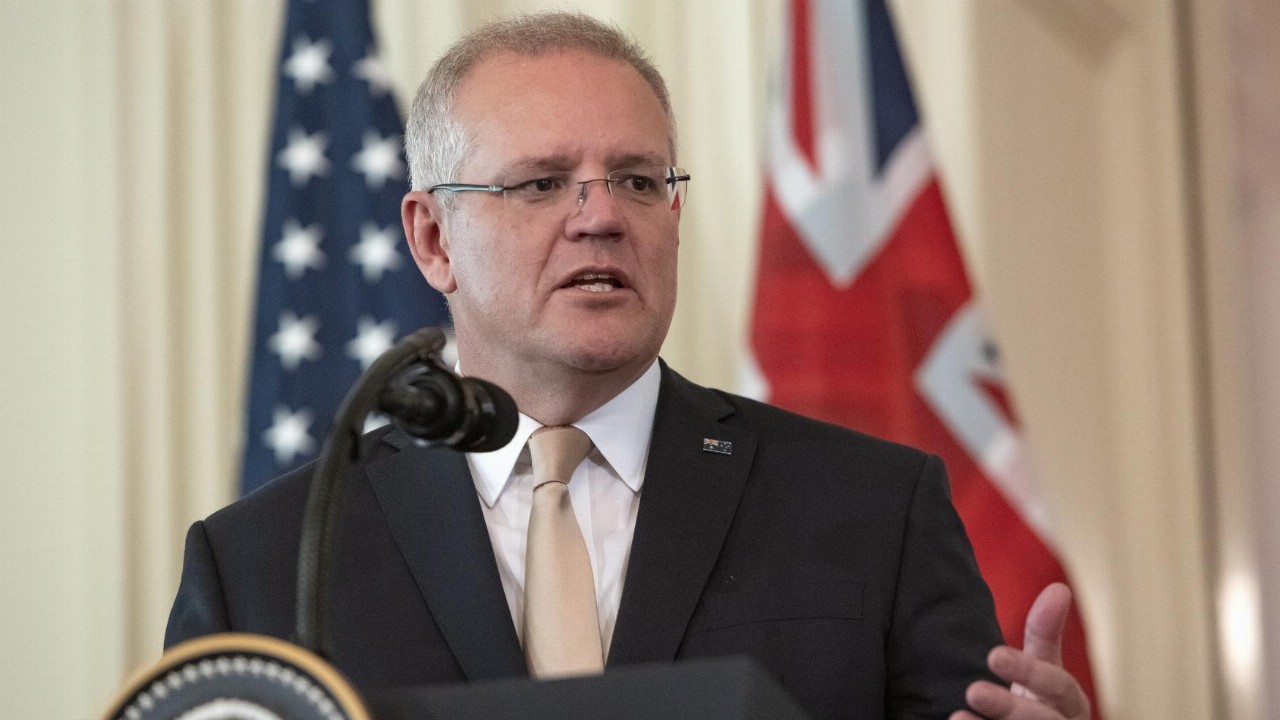- The first batch of locally-produced AstraZeneca COVID-19 vaccines is on track to be administered to Australians in just over two weeks
- Secretary for the Federal Health Department Brendan Murphy said CSL’s Melbourne facility will get the first doses out by March 22
- This will dramatically increase the number of jabs being administered to Australians as the Federal Government strives to have the entire population vaccinated by October
- The first 300,000 doses of the AstraZeneca jab were imported from overseas, but a second batch of 250,000 doses has been delayed due to export restrictions by Italy and the European Union
- However, Prime Minister Scott Morrison said this second batch was not one the government had counted when planning its COVID-19 vaccine roadmap
- In fact, the Prime Minister said the decision to produce the vaccines locally was partly due to expected export delays around the world
- As such, the plans for nationwide inoculation by October are unaffected
The first batch of locally-produced AstraZeneca COVID-19 vaccines is on track to be administered to Australians in just over two weeks.
This will dramatically increase the number of jabs being administered to Australians as the Federal Government strives to have the entire population vaccinated by October this year.
Secretary for the Federal Health Department Brendan Murphy said biotech giant CSL’s Melbourne facility is on track to get the first batch of local vaccines out by March 22.
“A million doses-plus a week, which gives us the capacity to really ramp up and broadly vaccinate our entire population as quickly as possible,” the secretary said.
While the AstraZeneca jab has already been approved for Australia, the first 300,000 doses were imported from overseas.
Australia was supposed to receive a second delivery of 250,000 from overseas, but this has been delayed by export restrictions from Italy and the European Union as the coronavirus continues to spread across Europe.
Nevertheless, Prime Minister Scott Morrison said the decision to begin producing vaccines locally was partly due to the government anticipating export delays from overseas developers.
“We’d always anticipated that these sorts of problems could arise, and that’s why we’ve done a number of things — the most significant of which is to ensure that we have our own domestically-produced vaccine,” the Prime Minister said.
“We’re one of the few countries that have done that”.
Importantly, he said the delayed shipment was not one the government had counted when planning its COVID-19 vaccine roadmap.
As such, the plans for nationwide inoculation by October are unaffected.
The three-phase rollout roadmap will see frontline health workers, quarantine workers, and aged care and disability care residents and staff first-in-line for their coronavirus jab. The first phase of this roadmap is already underway.
From there, elderly Australians, other healthcare workers, older Aboriginal and Torres Strait Islander people, and young adults with underlying medical conditions will be inoculated.
The remainder of the population will then follow, with Australians under the age of 18 to be vaccinated last if recommended.








